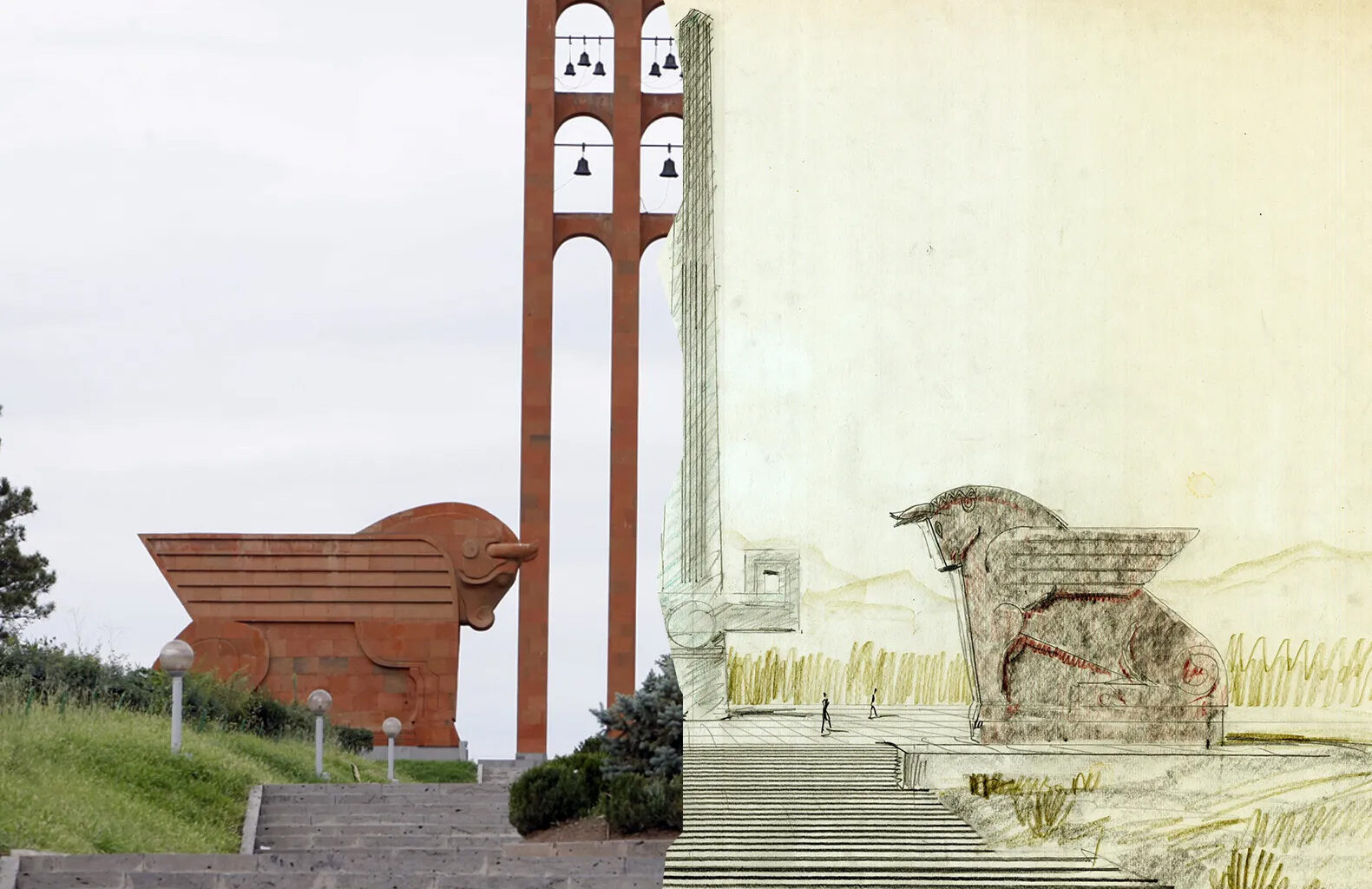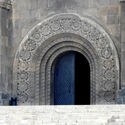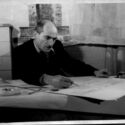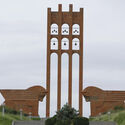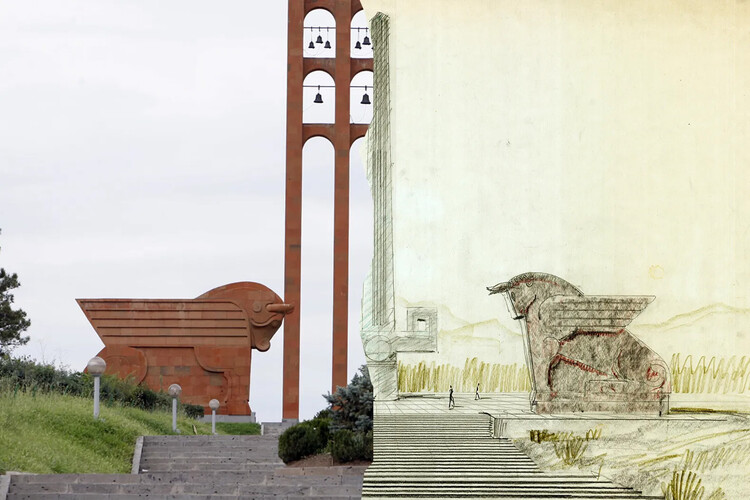 The Sardarapat Memorial and the architect’s original sketch. Image via risraelyan.com/en/, courtesy of Aram Ghanalanyan
The Sardarapat Memorial and the architect’s original sketch. Image via risraelyan.com/en/, courtesy of Aram Ghanalanyan
Share
Share
Or
https://www.archdaily.com/1032292/designing-with-memory-rafayel-israelyans-enduring-legacy-in-armenia
In a time when much global architecture can feel disconnected from local identity, the work of Rafayel Israelyan stands out for being rooted in place, culture, and memory. Working in mid-20th-century Armenia, Israelyan created architecture that is more than functional or monumental; it is culturally resilient. His use of traditional Armenian motifs, materials, and symbolic forms gave his designs a second life after the fall of the Soviet Union, when many buildings across post-Soviet states were abandoned or demolished. Armenia, by contrast, preserved many of his works, likely because their design approach not only served a specific moment in time, but also told a larger story. Long before concepts like sustainability or critical regionalism became popular, Israelyan understood that buildings gain meaning and endurance when they reflect the specific identity and characteristics of their place.
Israelyan moved to Yerevan, the capital of Armenia, in 1936 after studying architecture at the State Academy of Arts of Georgia, and later at the Leningrad Institute of Communal Building and the Ilya Repin Leningrad Institute for Painting, Sculpture and Architecture. His arrival coincided with the passing of Aleksandr Tamanian, the architect responsible for the master plan of Yerevan, and a key figure in shaping modern Armenian architecture. His emphasis on neoclassical forms blended with local traditions influenced the young Israelyan, who at the time started working in the same architectural circles and state-run institutions where Tamanian had been a leading figure.

